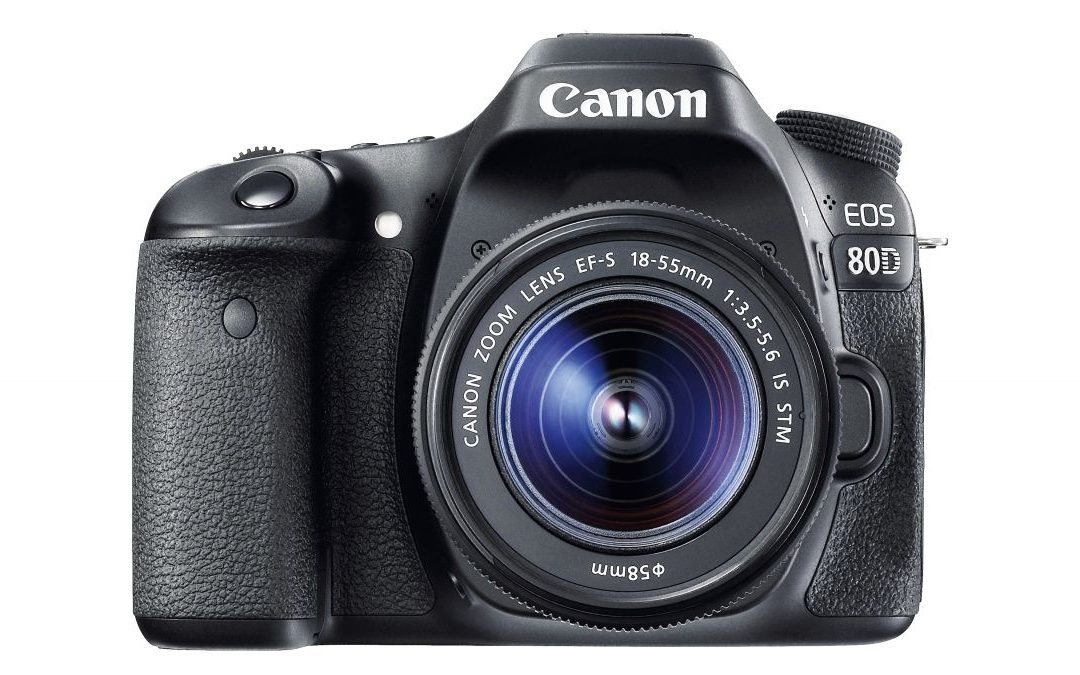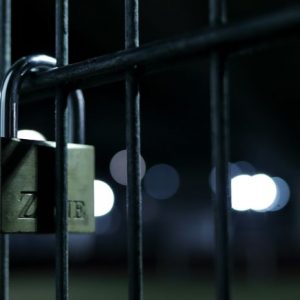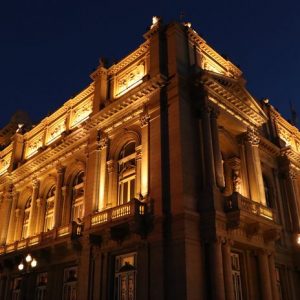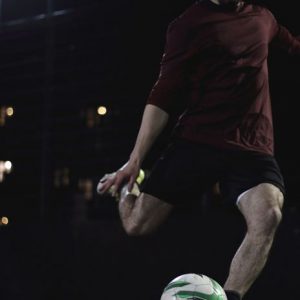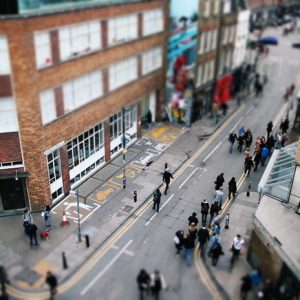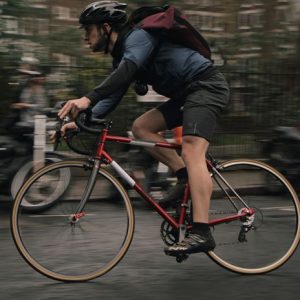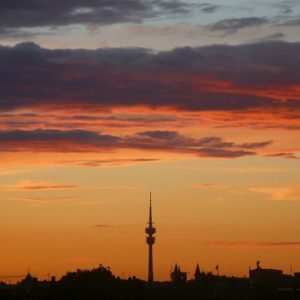

Specifications
Produce great quality photos that are packed with fine detail.
Powerful DIGIC processing for responsive performance and accurate colours.
Capture all of the action with a maximum 7fps shooting rate
Focus on and track your subjects wherever they are in your frame
Shoot from high and low angles.
Capture movies at up to 1080p resolution and 60fps frame rate.
Enjoy smooth continuous focusing when shooting movies and photos in Live View mode.
Easily connect and share
See shooting and focus information overlaid over your subject as you shoot

OUR VERDICT
Canon has created an excellent camera that makes a worthwhile upgrade from the 70D. It’s well-built with sensibly arranged controls, has good ergonomics and an extensive feature set, and can be set up to suit your shooting style. Most importantly, the image quality is superb with lots of details.
The EOS 80D from Canon is intended for dedicated enthusiast photographers, a demanding group of people who want to be able to shoot a huge range of subjects in a variety of conditions. The camera features a new 24-million-pixel sensor along with a DIGIC 6 processing engine; a combination that brings a native sensitivity range of ISO 100-16,000 – a full one-stop higher than the 70D – which you can expand to ISO 25,600 (the same as the 70D).

The maximum continuous shooting rate is the same as the 70D’s at 7fps, but the burst depth has been increased to 110 JPEGs or 25 raw files when a UHS-1 SD card is used. That’s a significant step up from the 65 JPEG or 16 raw files possible with the 70D.

Modern DSLRs have two autofocus systems: one for when using the camera conventionally (in reflex mode), where images are composed in the viewfinder; and a second for use in Live View and video mode.
Canon has improved both of these systems for the 80D in comparison with the 70D. The reflex mode system, for instance, has 45 AF points, all of which are cross-type, whereas the 70D has 19 points.
It can also use colour information from the 7,560-pixel RGB+IR (infrared) metering sensor to help with subject tracking. This and the increased burst depth makes the 80D more attractive to keen sport and action photographers.

Turning to the Live View and video autofocus system, the 80D uses Dual Pixel CMOS AF technology like the 70D, which means it has phase detection points on the imaging sensor itself. The new system is more sensitive and faster than the one in the 70D, but because fast autofocusing often isn’t desirable when you’re shooting video, it’s possible to vary the speed of the 80D’s system over seven steps for slower focus changes.
Build and Handeling
Canon gives touch-control over both the main and Quick Menus, and it can really speed up use. The Quick Menu is very useful, providing a speedy route to some of the most commonly used features. It would be nice, however, if this was customisable so that it only contained the features you use on a frequent basis.

Although the 80D’s screen is very good, the viewfinder is still the more natural option for most photographers to use when shooting stills, especially if the subject is moving. This also provides a bright view – and unlike the 70D’s viewfinder, which only covers 98% of the lens field of view, the 80D’s covers 100%. That means there are fewer surprises around the edge of the frame when you review your shots.

In an update on the 70D, it’s possible to select the Creative Filter mode via the 80D’s mode dial. When this is selected, one of 10 filter effects can be applied to JPEG images as they are shot. If you’re shooting raw files or raw+JPEG files, the camera switches automatically to shooting just JPEGs. Although it’s possible to use Creative Filters when composing images in the viewfinder, their impact can only be previewed on the main screen in Live View mode.

GALLARY

